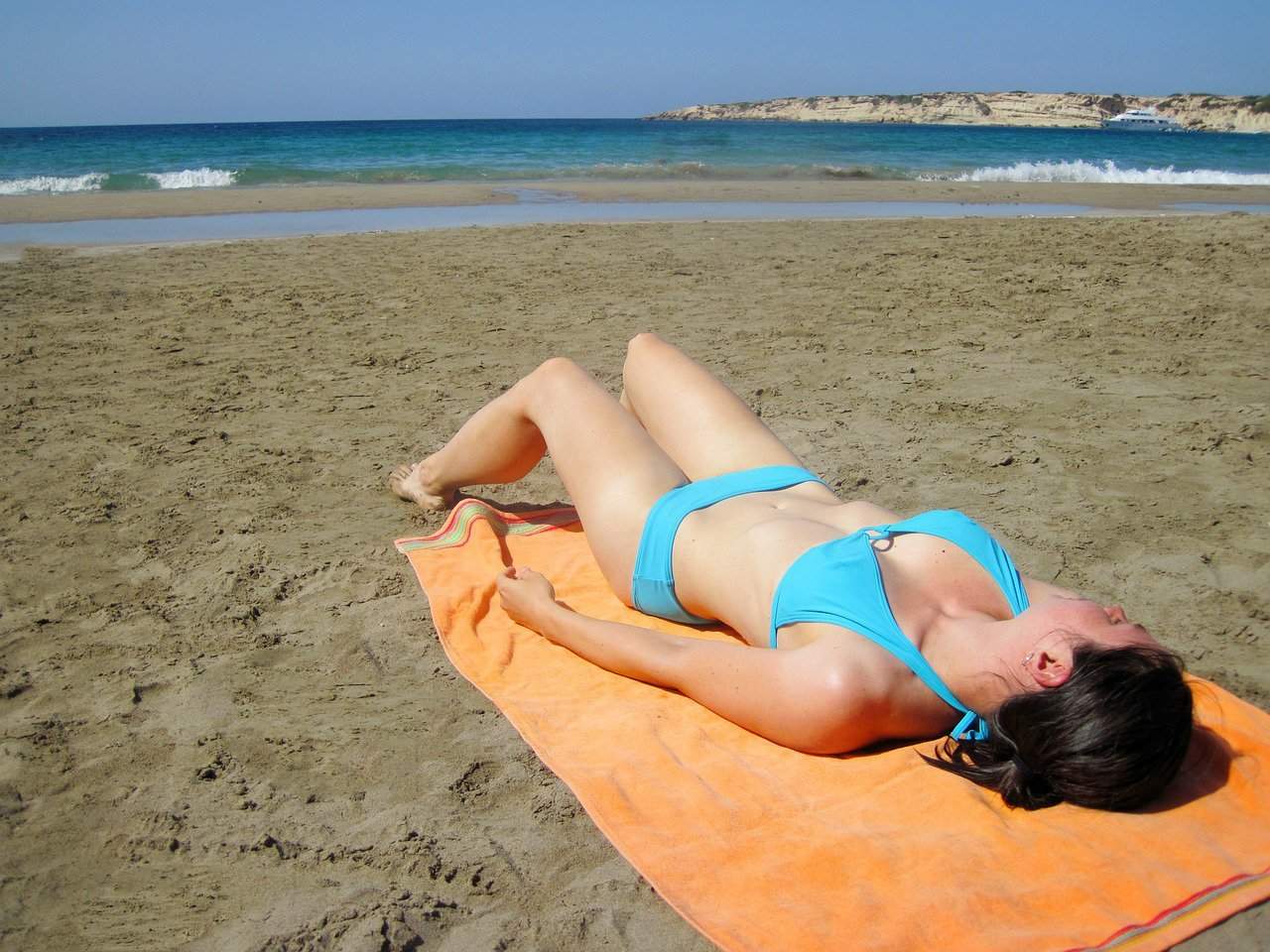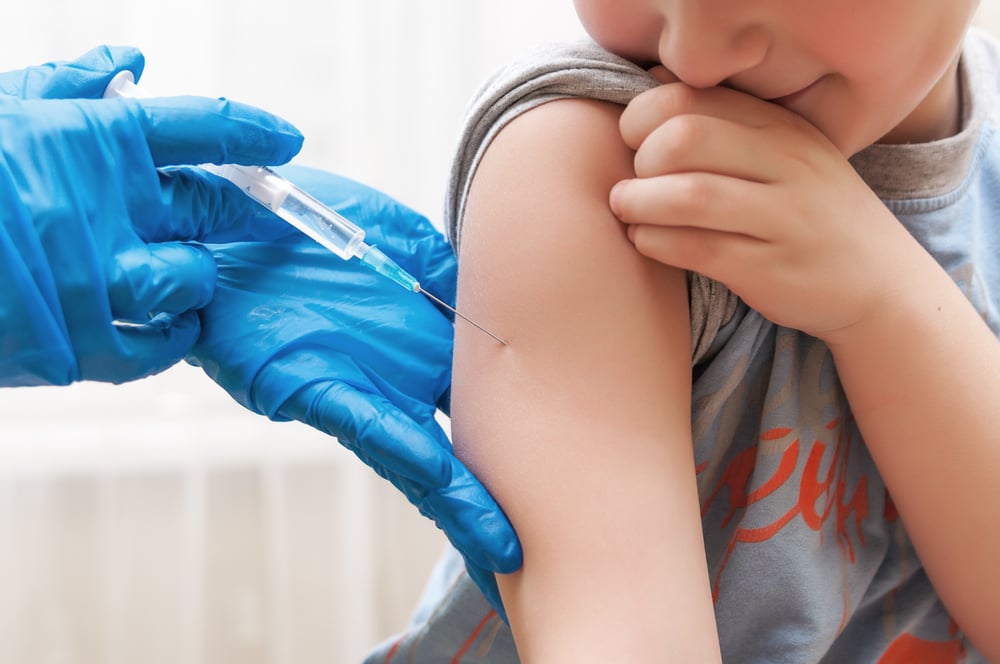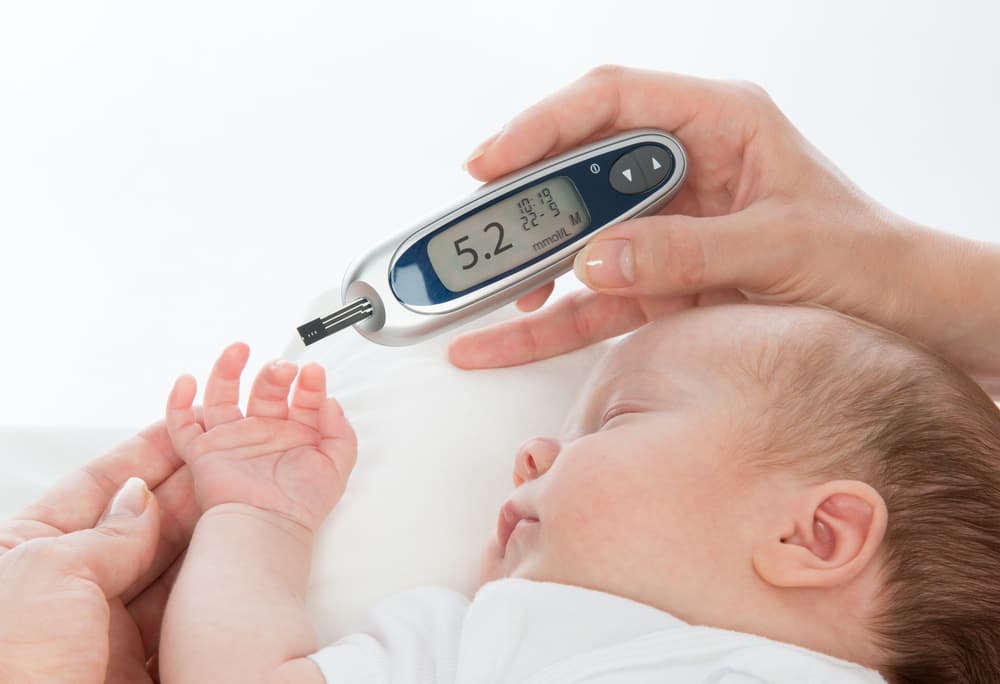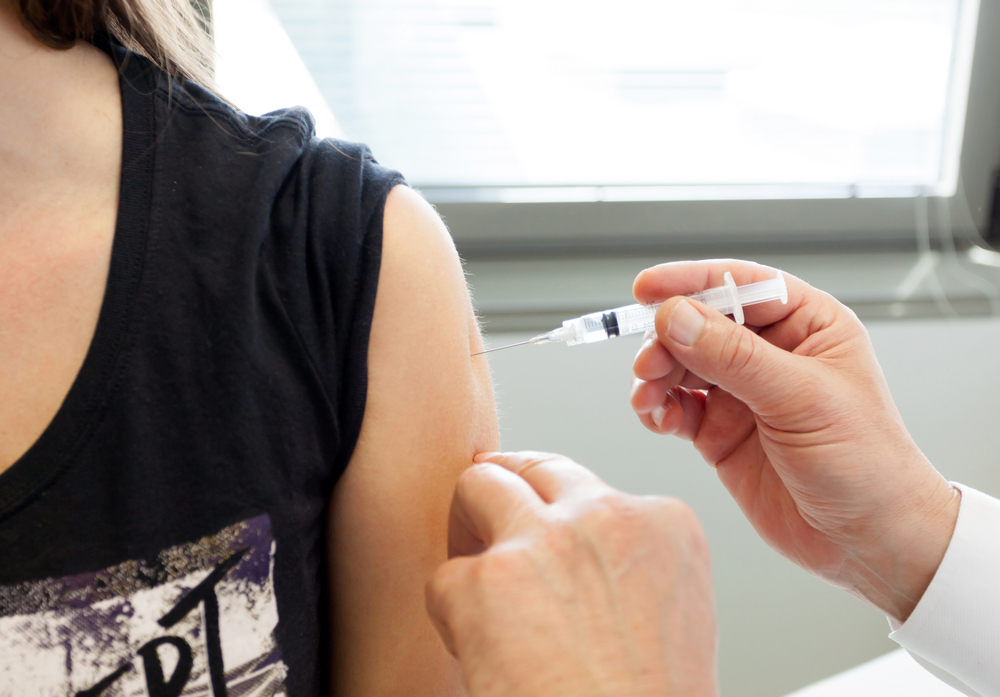Contents:
- Medical Video: Ageless Skin, Vitamin D healthy tanning
- Types of tanning
- Outdoor tanning
- Indoor tanning
- Effects of tanning on the appearance of the skin
- Effects of tanning on body health
- How is tanning safe?
Medical Video: Ageless Skin, Vitamin D healthy tanning
To get a darker and evener skin tone, usually someone does tanning. Tanning can be done indoors or outdoors. Indoor tanning is usually done in special tanning salons using special tools, while outdoor tanning is about the same as basking in the sun, sometimes using special lotions so that the resulting color is better and evenly distributed.
Types of tanning
Outdoor tanning
Sunbathing on the beach to get tanned skin is not uncommon for some people. Although sunlight is good for the formation of vitamin D, sunbathing too long with the aim of darkening skin is not a good idea. Even though using SPF lotions and various types of products contain sunscreens, ultraviolet light contained in sunlight can still damage the skin. Simply put, UV light will stimulate the production of pigments to make the skin darker.
There are two types of UV rays, namely UVA rays and UVB rays. Specifically, UVA rays work to stimulate pigment cells in the skin to darken skin color, and UVB rays can thicken the skin's epidermal tissue and cause the skin to burn or sunburn. Besides giving rise sunburnoutdoor training can also increase the risk of melanoma, the most dangerous type of skin cancer.
Indoor tanning
Along with the development of technology, a special tool was created to darken the skin color without having to bask in the sun. One of these tools is tanning bed.Shaped like a bed equipped with a cover, tanning bed works by removing UV radiation. Unlike sunlight, UV light is radiated on tanning bed this is UVA light.Tanning bed claimed to be safer because UVA rays do not burn the skin like UVB rays found in sunlight.
However, UVA rays actually have their own dangers because UVA can enter deeper into skin tissue when compared to UVB rays. UVA damages the tissues and blood vessels of the skin so that even if it doesn't burn, UVA rays will still damage the skin. The strength of UVA radiation used on tanning bed can be 12 times stronger than UVA radiation from the sun. Those who often do indoor tanning are 2.5 times more likely to develop squamous cell cancer later, and 1.5 times more likely to have basal cell cancer. Symptoms of skin damage are not immediately visible, but can only appear years later.
Effects of tanning on the appearance of the skin
The effects of tanning, especially indoor tanning, will not immediately appear after doing tanning. Of course the skin will be tanned, but besides doing tanning for a long time can also damage the appearance of the skin. Some signs of skin damage caused by UV radiation are:
- Brown spots arise.
- Fine wrinkles and other signs of aging arise faster than they should because UVA rays damage the skin tissue to the inside.
- Boils, pimples, or rough rashes appear on the skin.
- Skin burning or sunburn, which is caused by high exposure to UVB rays.
Effects of tanning on body health
Apart from damaging the appearance of the skin, the effects of UVA rays can also affect the immune system. This is because UV radiation is absorbed by the skin to the molecular level and triggers changes in molecules and cells that play a role in the immune system.
More severe skin health problems can occur after years of tanning, including:
- Non-melanoma skin cancer: This cancer can occur in parts squamous, cells that form the middle to the outer portion of the skin layer, and in the basal part, cells that function to produce new skin cells. Among them, basal cell cancer is most common but is easy to treat because it usually does not spread to other parts of the body and grows very slowly. While cancer that occurs in parts squamous a little more dangerous because it can spread to other parts of the body, but its growth tends to be slow and can be removed by surgery.
- Melanoma: This type of cancer is rare but is the most dangerous type of skin cancer. Melanoma cancer can be shaped like a mole or freckles at first. However, melanoma has an irregular shape and the color is also uneven, sometimes itching occurs in melanoma. Treatment as soon as possible increases the chances of recovery because melanoma cancer develops quickly and can spread to other parts of the body.
How is tanning safe?
However, if you want more exotic colors on the skin, natural sunlight is far better than thattanning bed at the salon. Only thing to remember is, don't try to bask in the sun without using sunblock or suncreen. Don't forget that these products must be re-applied to the skin every 1-2 hours (depending on the SPF), and every time you swim. Limit also the time for sunbathing so as not too long.
To reduce the effect of tanning that is harmful to health, you can try sunless tanning, which does not involve UVA or UVB rays. Sunless tanning this is usually in the form of products that can darken skin color. The form is in the form of lotions, creams, and sprays that are applied to the skin, creating an effect like after tanning. The basic ingredients are dyes and dihydroxyacetone (DHA). When applied to the skin, DHA will react with dead skin cells that are on the surface of the skin and darken the skin color temporarily. Sunless tanning this will usually last for several days.
READ ALSO:
- 5 Surprising Things That Cause Wrinkles
- Benefits of Water for Skin Beauty
- 5 Types of Vitamins That Can Slow Skin Aging












